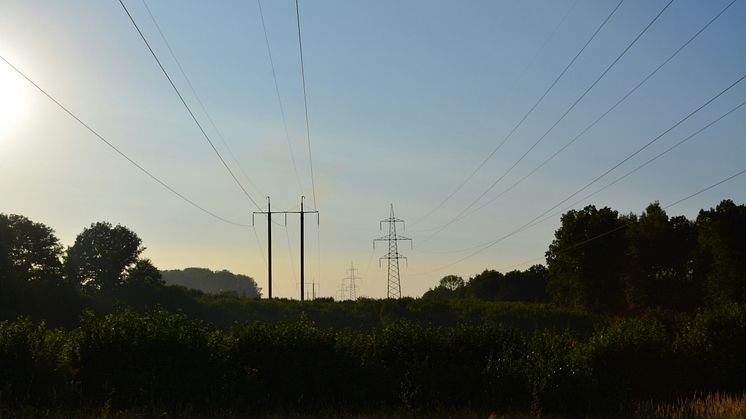
Blog post -
How Digitalised Maintenance Increases Safety at Substations
In an energy sector undergoing rapid change, digitalisation is creating new opportunities to protect personnel and streamline operations. Substations, which are critical nodes in the power grid, are no exception. Through digitalised maintenance, inspections and data reporting, personnel safety can be significantly improved, especially with predictive systems that anticipate potential faults using data collection and advanced analysis. Below, we describe how increased digitalisation can contribute to a safer working environment.
1. Fewer unplanned shutdowns and hazardous emergency interventions
One of the greatest risks associated with work at substations is unplanned shutdowns requiring urgent action. In emergencies, personnel may be forced to perform interventions under time pressure, which increases the risk of accidents. With more digitalised maintenance, potential issues can often be foreseen in advance as sensors and monitoring systems identify faults in real time, providing warnings before situations escalate. This enables maintenance interventions to be planned and conducted under safe, controlled conditions.
2. Reduced exposure through remote monitoring and automation
Traditional maintenance at substations is scheduled and requires personnel to physically inspect and test equipment, exposing them to potentially hazardous environments with high voltages, harmful substances, and mechanical risks. With digitalised maintenance systems, many of these inspections and diagnostic processes can be conducted remotely. As this minimises the amount of journeys to and from substations, the risk of accidents and injuries is reduced, while also making maintenance work more efficient, The importance of this is further underscored as extreme weather, which poses risks to both equipment functionality and safety during travel and on-site work, becomes more frequent.
Automation also enables many routine tasks that require high precision to be carried out without manual involvement, reducing the risk of errors due to human factors.
3. Increased precision in manual interventions
Digital systems provide detailed information on the condition of critical assets. By gathering data from various parts of the substation and analysing it in real time, technicians can see precisely where a problem is located and what is required to address it. This minimises manual work, which in turn reduces the risk of incorrect or risky interventions.
When technicians have access to accurate and up-to-date information, they can make safer assessments and bring the correct tools and protective equipment, further reducing safety risks.
4. Faster response in hazardous situations
Should an accident or hazardous situation arise, digitalised maintenance systems provide rapid access to critical information. This can include alerts regarding sudden changes in asset condition, real-time monitoring, and alarms that can help evacuate personnel before a dangerous situation escalates.
Digital systems can also integrate with other safety solutions, such as fire alarms and automatic shutdown mechanisms. This allows interventions to be initiated immediately without compromising personnel safety.
5. Reliable documentation and traceability
Digitalised maintenance also improves personnel safety at substations by providing employees with better training resources and updated safety procedures. Additionally, digital systems often offer automatic logs and documentation of past maintenance efforts, facilitating compliance with safety standards and regular inspections. This reduces the risk of oversights and contributes to a safer working environment.
Summary
Digitalised maintenance plays a central role in improving safety at substations. By reducing the need for physical presence, predicting faults before they lead to emergencies, and automating high-risk tasks, personnel are protected from unnecessary hazards. Digital technology not only enables a safer working environment but also contributes to more efficient and sustainable operations, strengthening the entire organisation and making energy supply safer and more reliable.





